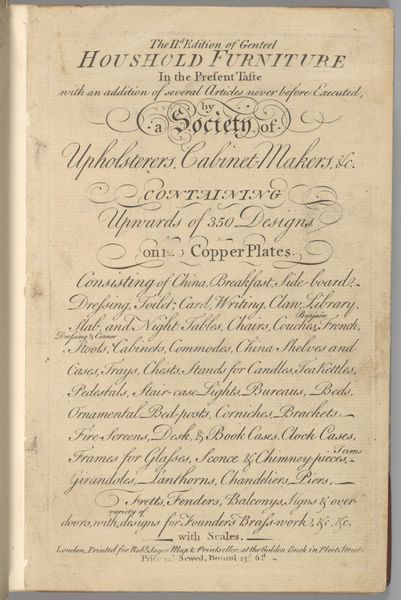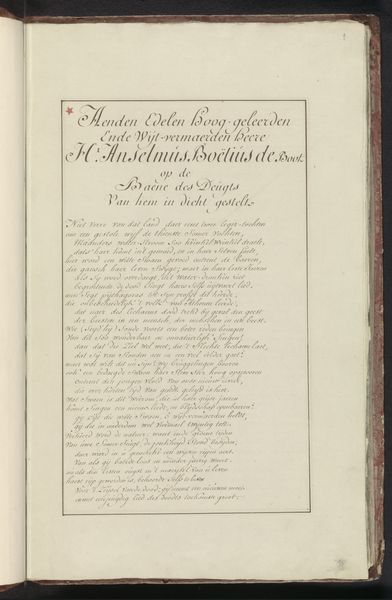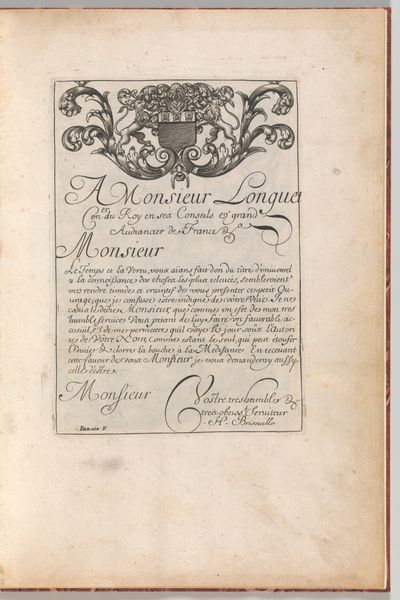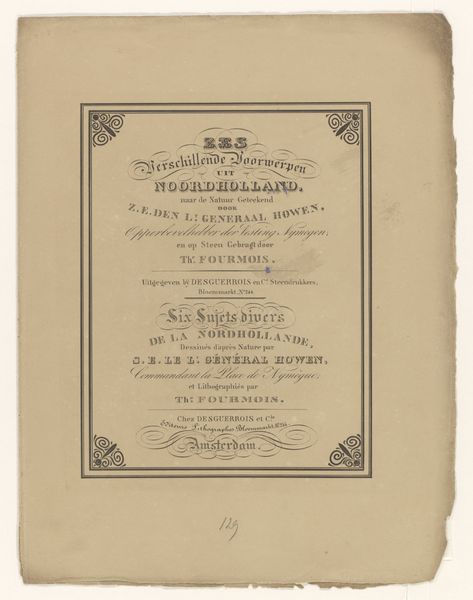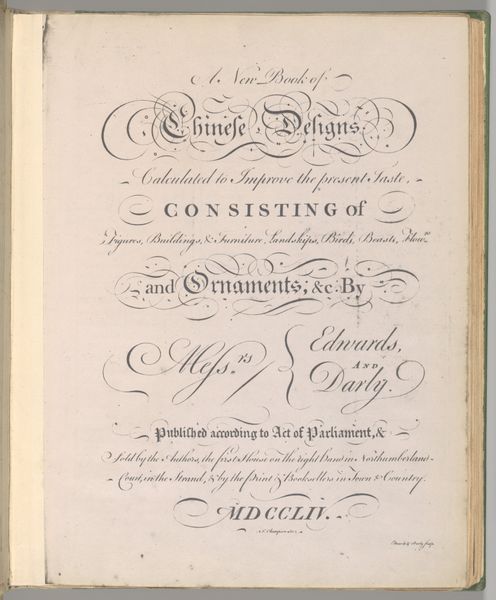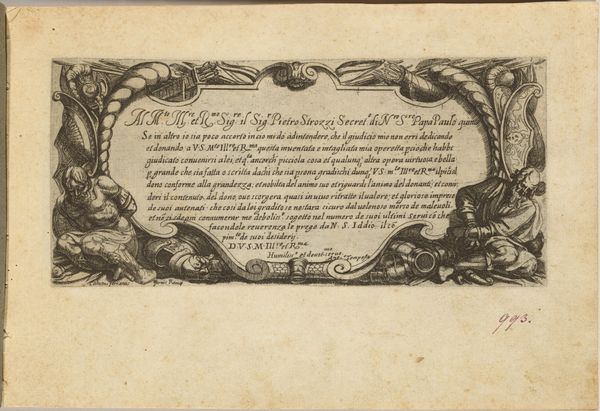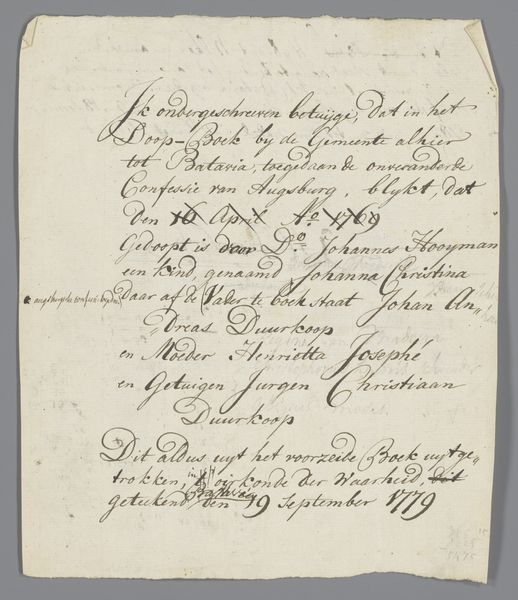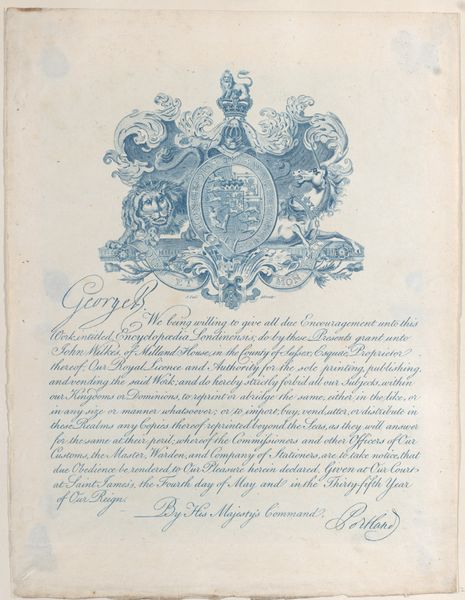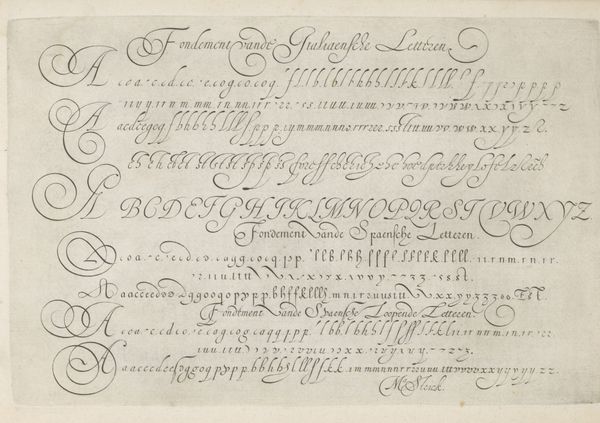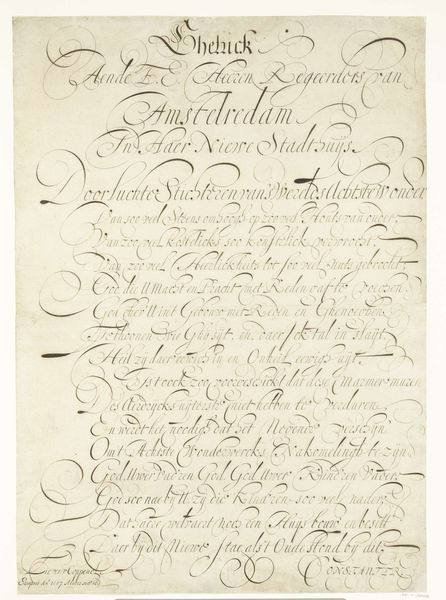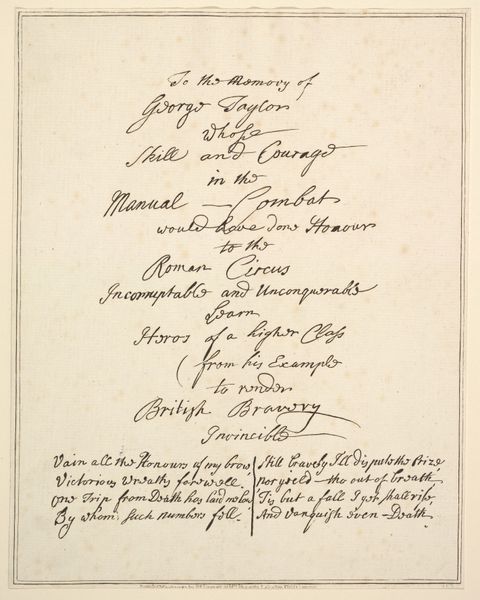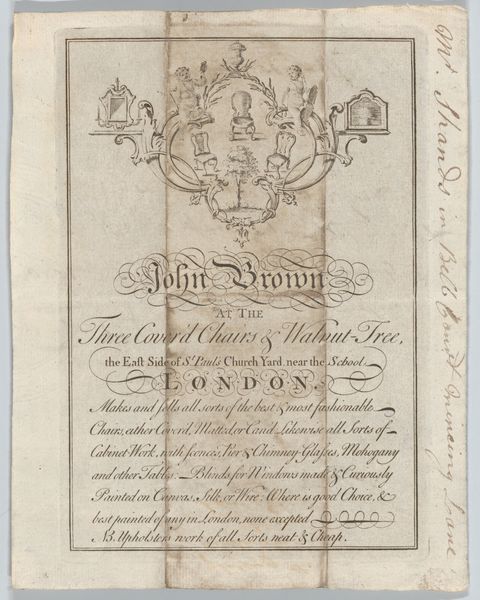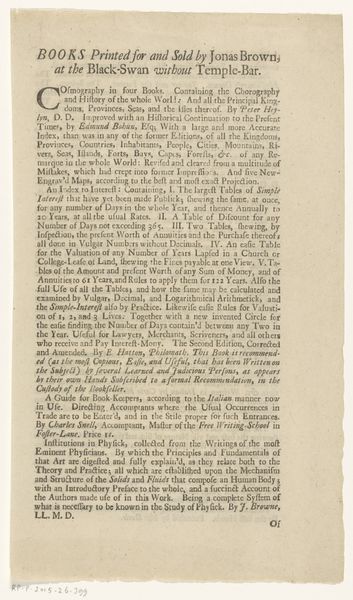![Household Furniture in the Genteel Taste for the Year 1760 [First edition] by The Society of Upholsterers, Cabinet-Makers, etc.](/_next/image?url=https%3A%2F%2Fd2w8kbdekdi1gv.cloudfront.net%2FeyJidWNrZXQiOiAiYXJ0ZXJhLWltYWdlcy1idWNrZXQiLCAia2V5IjogImFydHdvcmtzLzUyMDk2ZWVlLWZlOTEtNGJkMS1iYzMyLTRhNTY2MTg0NDAyOC81MjA5NmVlZS1mZTkxLTRiZDEtYmMzMi00YTU2NjE4NDQwMjhfZnVsbC5qcGciLCAiZWRpdHMiOiB7InJlc2l6ZSI6IHsid2lkdGgiOiAxOTIwLCAiaGVpZ2h0IjogMTkyMCwgImZpdCI6ICJpbnNpZGUifX19&w=3840&q=75)
Household Furniture in the Genteel Taste for the Year 1760 [First edition] 1760
0:00
0:00
drawing, graphic-art, print, typography
#
drawing
#
graphic-art
#
baroque
# print
#
typography
#
decorative-art
Dimensions: 9 3/8 x 5 7/8 x 9/16 in. (23.8 x 15 x 1.5 cm)
Copyright: Public Domain
Curator: This is the first edition of *Household Furniture in the Genteel Taste for the Year 1760,* produced by The Society of Upholsterers, Cabinet-Makers, etc. We see a remarkable display of typography and decorative arts, presented in a print. What strikes you initially about this piece? Editor: Well, at first glance, it feels almost like a manifesto. All that ornate text crammed together promises so much! But also, given the date, 1760, I'm curious about who this "genteel taste" was actually for. What can this print tell us about class and consumerism at the time? Curator: That’s a brilliant observation. You've already located this work within its socio-economic context. Consider how "genteel taste" connects to power structures of 18th-century England. Who could afford such items? Who decided what was 'tasteful'? Whose labor produced it? Editor: Right, it definitely wasn't accessible to everyone. This feels like an advertisement directed at the upper classes, dictating standards and reinforcing their social position. Is it possible that pattern books such as these shaped a particular ideology? Curator: Precisely. Think about the power dynamics at play. This isn’t just a catalog; it's a declaration of status and aspiration, embedding ideology within material culture. It invites us to question how domestic spaces are political spaces. What is it about this book that would seem important to be displayed in a museum? Editor: It gives voice to previously invisible skilled workers, highlights the social impact of design trends, and reminds us that objects were once deeply entrenched in complex networks of people and meanings. It speaks to design as an agent of societal norms and aspirations, which is truly insightful. Curator: I agree. By questioning the intended audience and the labor involved, we unveil the layered narratives embedded in even seemingly simple decorative objects, and learn something new.
Comments
No comments
Be the first to comment and join the conversation on the ultimate creative platform.
